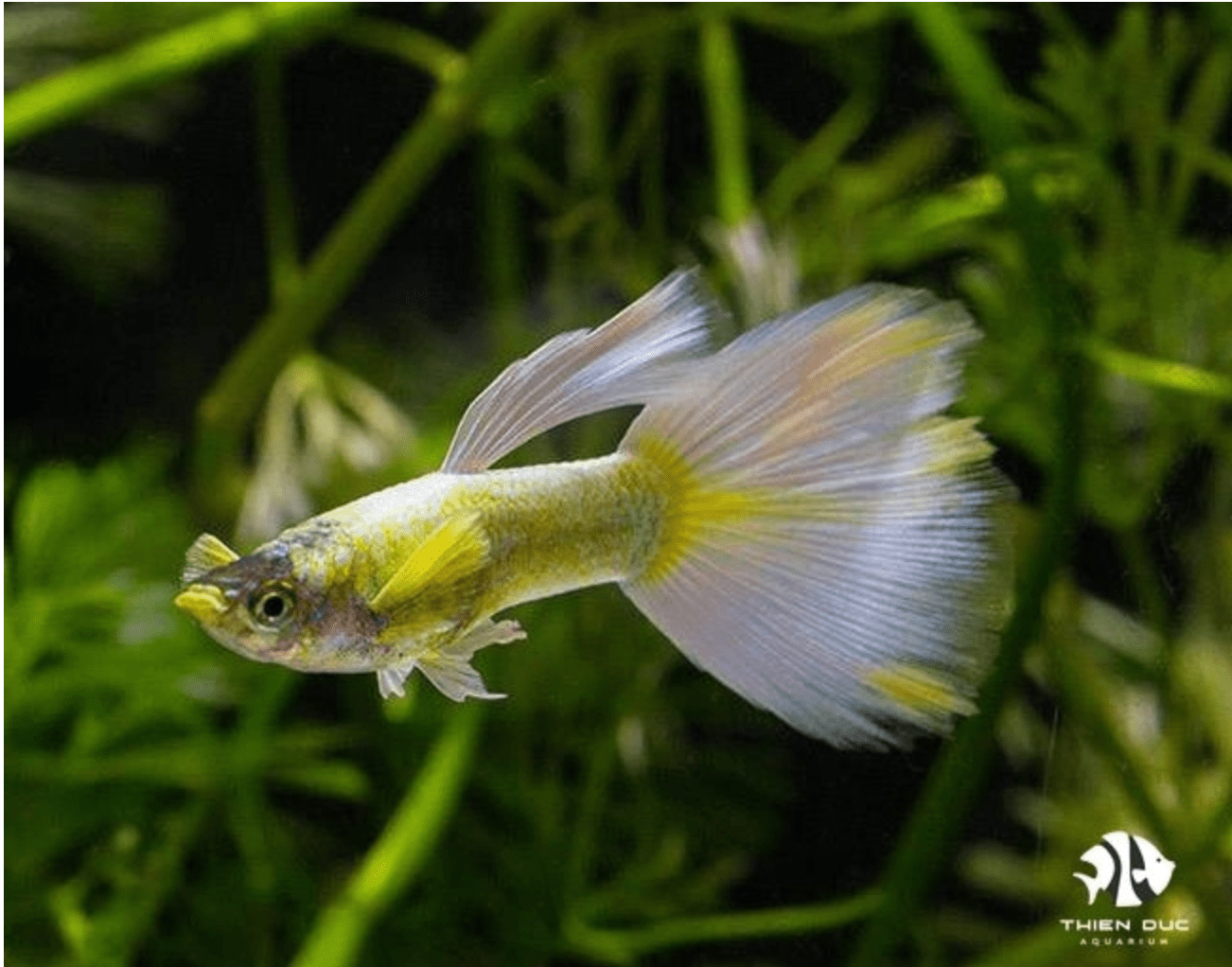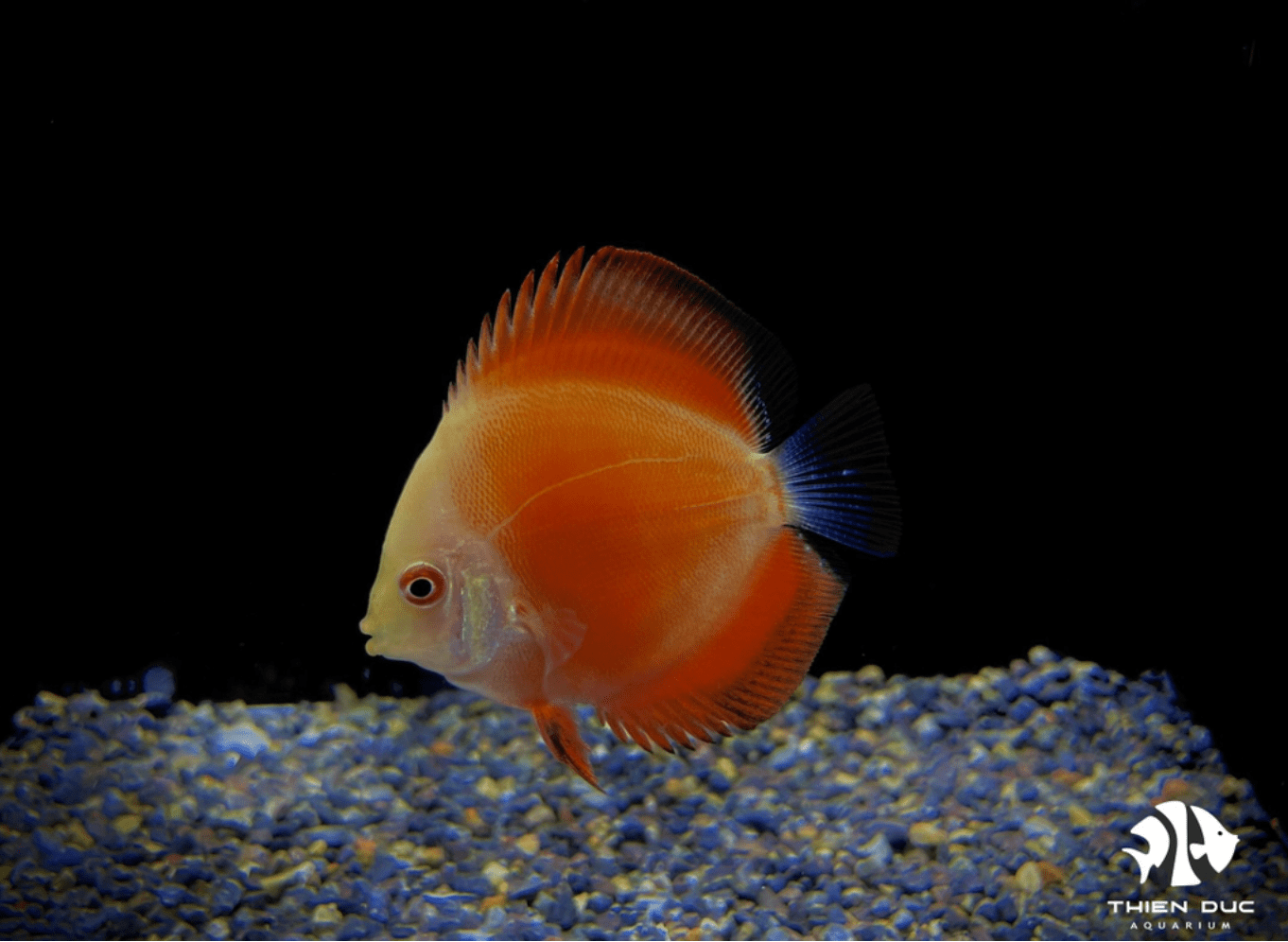Air Freight for Live Fish: Maximize Survival During Transport
Transporting vibrant aquatic life across continents is a delicate ballet of science and logistics, where a single misstep can be critical. At ThienDuc Aquarium, our reputation since 2012 is built on mastering this complex procedure. Successful air freight for live fish is about more than just speed; it is the culmination of expert conditioning, meticulous packing, and logistical precision. This definitive guide distills our years of experience, providing the essential knowledge to ensure your valuable aquatic animals arrive with maximum health and vitality.
Pre-Shipment Essentials: Conditioning Fish for Air Transport
The journey of a live fish begins long before it reaches the airport. The preparations made in the days leading up to transit are arguably the most crucial factor in determining the success of the shipment. This conditioning phase is the foundation for a successful air freight for live fish, setting the stage for the animal's ability to withstand the rigors of travel.

First and foremost is health and selection. Only the most robust and healthy specimens should ever be considered for shipping. At THIENDUC AQUARIUM, every fish undergoes a strict quarantine and observation period. We meticulously screen for any signs of disease, stress, or injury—such as clamped fins, erratic swimming, or skin lesions. Selecting a strong, active fish dramatically increases its chances of arriving in the same condition.
Next is the critical process of fasting. Fish are typically fasted for 24-48 hours prior to being packed. This simple step is vital because it significantly reduces the amount of waste (ammonia) they excrete into the limited water volume of the shipping bag. Ammonia is highly toxic and is the primary cause of death during transit. A clean journey is a safe journey, and fasting is the key to maintaining water quality during long-haul air freight for live fish.
Finally, the fish must be gently acclimated to the water that will be used for shipping. This involves slowly adjusting them to the specific temperature and pH of the transport water to minimize shock and reduce physiological stress.
The Definitive Guide to Packing for Air Freight for Live Fish
Once the fish are properly conditioned, the technical packing process begins. This stage demands precision, experience, and adherence to internationally recognized standards. The technical skill involved in packing is what separates an amateur from a professional in air freight for live fish. Each step is designed to create a safe, stable, and life-sustaining micro-environment that can endure for the duration of the flight.
Step 1: Mastering Water and Oxygen Ratios
The most fundamental rule in packing live fish is the volume ratio within the bag. The industry standard is to use 1/3 water to 2/3 pure, medical-grade oxygen. This ratio ensures that there is sufficient water to keep the fish comfortable without adding unnecessary weight, while maximizing the oxygen supply available for respiration during a potentially long transit time.

We use clean, treated water with stable parameters perfectly matched to the species being shipped. To proactively combat any waste produced, we incorporate ammonia-neutralizing agents and water conditioners. In some cases, mild, species-appropriate stress-reducing agents may also be added to keep the fish calm throughout its journey.
Step 2: Professional Bagging Techniques
The container for the fish is the shipping bag itself, and its integrity is paramount. We exclusively use high-quality, leak-proof polyethylene (PE) bags specifically designed for this purpose. Proper bagging is a non-negotiable safety measure in air freight for live fish.
The double-bagging method provides essential redundancy. A fish is placed in the inner bag, which has had its bottom corners taped to create a rounded shape, preventing the fish from getting trapped. This bag is filled with water and fish, the ambient air is purged, and it is then inflated with pure oxygen before being sealed with a rubber band or plastic clip. This sealed bag is then placed inside a second, identical bag, which is also sealed. This process ensures that a leak in one bag does not compromise the entire shipment.
Step 3: Insulating and Boxing for a Stable Environment
The cargo hold of an aircraft is subject to significant temperature fluctuations and is not pressurized in the same way as the passenger cabin. Therefore, proper insulation is essential to protect the fish from thermal shock. A stable environment is crucial for the success of any air freight for live fish shipment.
The standard packing system involves a sturdy outer cardboard box housing a thick-walled inner Styrofoam/polystyrene box. This box-in-a-box setup provides excellent thermal insulation and structural protection. The interior of the Styrofoam box is often lined with absorbent material like newspaper as a final precaution against minor leaks. Depending on the species, route, and destination climate, temperature control packs (heat or cool packs) are included. A crucial tip is to never allow these packs to touch the fish bags directly; they must be wrapped and placed along the top or sides of the insulated container.
Step 4: IATA-Compliant Labeling and Documentation
Clear and correct labeling communicates the sensitive nature of the contents to every handler along the supply chain. Correct labeling is mandated by airlines and is a critical component of safe air freight for live fish.
Each box needs to be prominently labeled with:
-
"LIVE ANIMALS" labels on the top and at least two sides.
-
"THIS WAY UP" directional arrows on all four vertical sides.
-
Complete shipper and consignee information (names, addresses, phone numbers).
-
A detailed content list including the scientific and common names of the fish, as well as the quantity in the box. This is vital for a smooth passage through customs.
Navigating Airline Logistics and International Regulations
The logistics of air freight for live fish extend beyond the box itself. Navigating the complex web of airline rules and international regulations requires expertise. Selecting suitable partners is the initial step. It is essential to work with airlines and freight forwarders who have proven experience and established protocols for handling live animals (AVI shipments).
All shipments must adhere to the IATA Live Animals Regulations (LAR), the global standard for transporting animals humanely and safely. Comprehending these rules is mandatory. Your choice of carrier can make or break the entire air freight for live fish process.

Finally, timing is everything. We always recommend booking the most direct flight path available to minimize transit time. Furthermore, we coordinate shipping schedules to ensure arrivals do not fall on weekends or public holidays, guaranteeing that a consignee is available to receive, inspect, and acclimate the fish immediately upon arrival.
Conclusion: Mastering Air Freight for Live Fish for Successful Shipments
Successful air freight for live fish hinges on three pillars: meticulous pre-shipment conditioning, expert-level packing techniques, and strict adherence to international shipping regulations. By prioritizing the well-being of the fish at every stage, from our facility to yours, we ensure maximum survival and vitality upon arrival. At THIENDUC AQUARIUM, our decade of experience in ornamental fish export is your guarantee of quality and reliability. Our approach to air freight for live fish is characterized by this dedication to quality. You can rely on us to always deliver the best.
Contact Information
-
Address: 57 Le Thi Sieng, Tan Thong Hoi, Cu Chi, Ho Chi Minh City, Viet Nam
-
Mobile: +84903912501
-
Office: +84982577871
-
Email: thien@thienducaquarium.com










